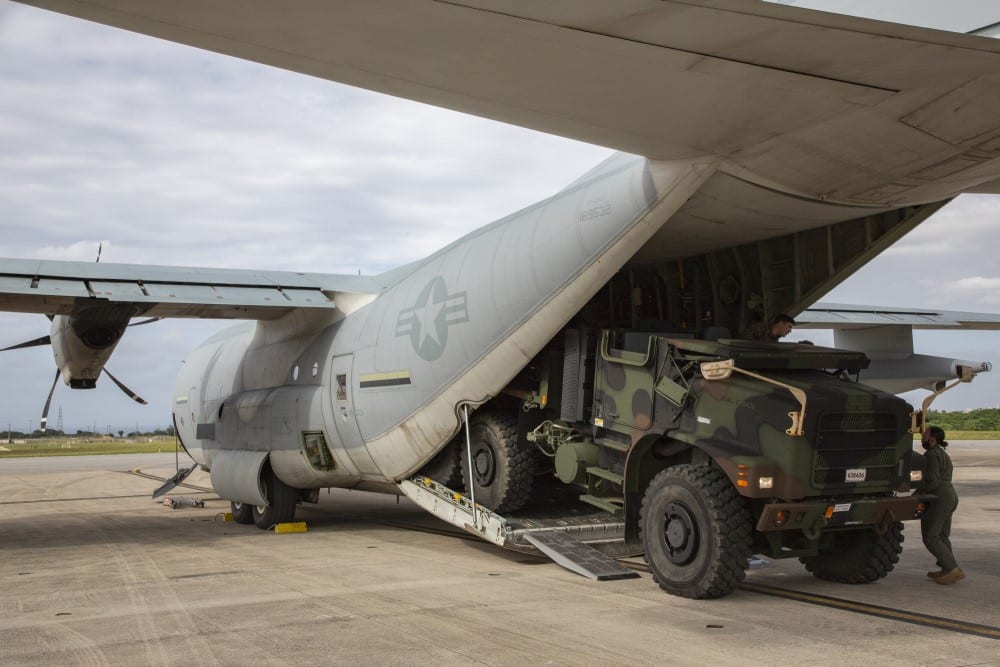
DAHLGREN, Va. — Navy engineer Danny Mudd looked forward to the arrival of a new U.S. Marine Corps radar system after working on the program for years. When the AN/TPS-80 Ground/Air Task-Oriented Radar (G/ATOR) system – a mobile unit designed to be stationed anywhere while providing air surveillance and ground weapons locating capabilities — arrived at Naval Surface Warfare Center Dahlgren Division (NSWCDD), Mudd and his team were ready to provide five weeks of test and evaluation, the NSWCDD said in release.
“It’s exciting to be able to test an actual system when you’ve been working on it for years,” said Mudd, G/ATOR program team lead and radar operations manager for the Sensor Software Engineering Branch at NSWCDD. “Having the radar in our backyard is a game changer and makes you really appreciate the work that we’ve done here and continue to do.”
Mudd and his team manage the lab productivity that maintains and updates the test assets with the branch’s software support activity lead, Bradley Payne, who provides software development for the G/ATOR system.
“We provide government support to the program office, located in Quantico, and develop test procedures for the radar system,” said Bill Shea, G/ATOR technical program manager in the NSWCDD Sensor Software Engineering Branch. “Our G/ATOR team has supported this program for well over 10 years.”
Shea and his team collaborate with other naval warfare centers, the primary contractor Northrop Grumman and several branches across Dahlgren.
Before participating in integrated field tests, a new version of G/ATOR was brought to NSWCDD to perform interoperability testing with other systems. Shea and his team prepared for the G/ATOR’s testing schedule by verifying the command’s infrastructure functionality, including power accessibility, radar data recording abilities and data analysis capabilities.
“Having a tactical radar at Dahlgren for our engineering team to utilize, allows the team to develop expert knowledge of the radar’s functionality and capability,” said Shea. “In collaboration across the warfare center and the contractor, the G/ATOR team achieved that ability to field test, collect data and verify theories to improve the radar’s performance and support the warfighter.”
Within the first week of the G/ATOR system’s arrival, command, senior leadership and essential team leads conducted walkthroughs of safety protocols and complete range safety validations before live testing.
For many team members supporting the G/ATOR project, the opportunity to work directly with the system and have accessibility to calculate theories proved beneficial for the warfare center.
“Many people working on the radar program have only seen the G/ATOR in pictures since one wasn’t available until this test event,” said Shea. “The opportunity to engage with the unit at Dahlgren helps software developers understand some of the interfaces they’re building. They can see firsthand how the software is being used.”
Through collaborative efforts within the department and other divisions across NSWCDD, the G/ATOR team performed central testing evaluations that verified the radar systems detection functionalities and software capabilities. During the test schedule, the G/ATOR team conducted evaluations around the clock during the workweek.
Dahlgren’s G/ATOR team is already planning to expand the sustainment of software capabilities for the G/ATOR system through integrated test evaluations.






